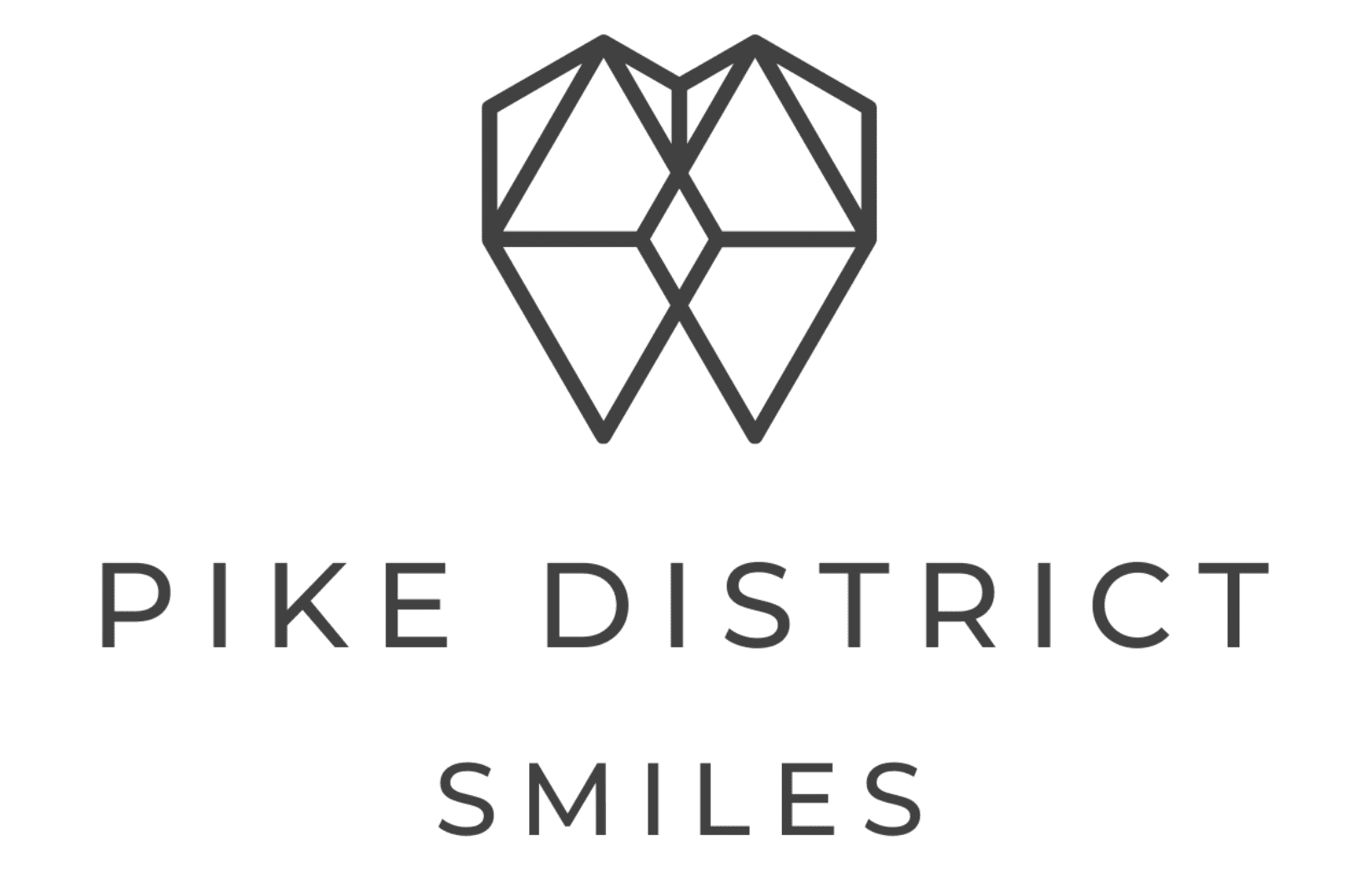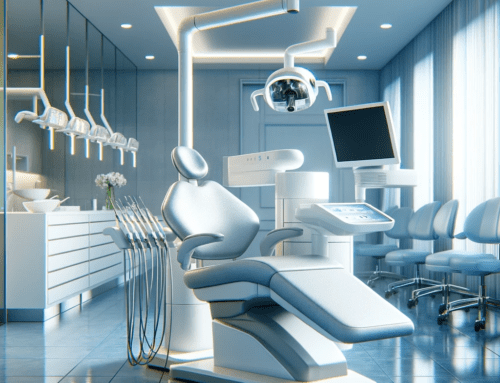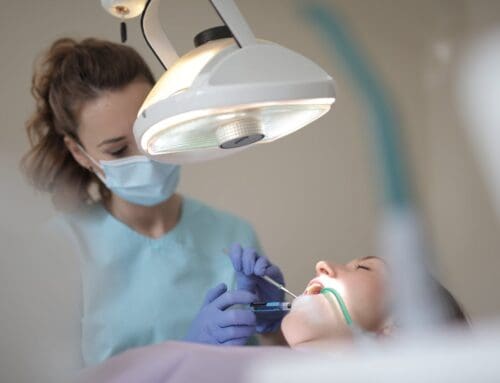As a parent, you want to ensure your child’s dental health is best. One of the most important steps in achieving that goal is taking your child to the dentist for the first time. However, many parents are unsure when the ideal time is to take their child to the dentist.
The Ideal Age to Take Your Child to the Dentist
According to the American Academy of Pediatric Dentistry (AAPD), children should visit the dentist for the first time when their first tooth appears or no later than their first birthday. This visit is known as a “well-baby checkup” and is crucial for the dentist to evaluate the child’s oral health and development.
Why is it Important to Take Your Child to the Dentist Early?
Taking your child to the dentist early has numerous benefits. Firstly, it helps to establish a good oral care routine early on, which sets the foundation for good oral health throughout their lifetime. Secondly, the dentist can detect potential issues early and provide timely treatment. Thirdly, it helps to familiarize the child with the dentist, making future visits more comfortable and less intimidating.
The dentist will examine the child’s teeth, gums, and mouth during the first dental visit. They will check for any signs of tooth decay, gum disease, or other oral health issues. The dentist will also guide proper oral hygiene practices, including brushing and flossing techniques, and answer any parents’ questions.
Signs That Indicate It’s Time to Take Your Child to the Dentist
While the recommended age for a child’s first dental visit is when their first tooth appears or no later than their first birthday, several signs indicate it’s time to take your child to the dentist. If you notice these signs, you must schedule a dental appointment for your child as soon as possible.
1. Tooth Pain or Sensitivity
If your child complains of tooth pain or sensitivity, it’s a sign that something is wrong, and it’s time to visit the dentist. Tooth pain can be caused by tooth decay, a dental abscess, or gum disease, among other things.
2. Visible Tooth Decay
If you notice black or brown spots on your child’s teeth, it’s a sign of tooth decay. Tooth decay can occur due to poor oral hygiene, a diet high in sugar, or genetics. The dentist will examine your child’s teeth and determine the severity of the decay. Treatment options may include fillings, crowns, or extractions.
3. Swollen Gums or Bleeding
If your child’s gums are swollen or bleed when brushing or flossing, it’s a sign of gum disease. Gum disease can occur due to poor oral hygiene, genetics, or certain medical conditions.
4. Crooked Teeth or Bite Issues
If your child’s teeth are crooked or they have bite issues, it’s time to visit the dentist. Crooked teeth or bite issues can cause dental problems and affect the child’s speech and chewing ability. The dentist will examine your child’s teeth and provide orthodontic treatment if necessary.
Conclusion
It’s important to schedule a dental appointment for your child as early as possible. By doing so, you can help your child establish good oral care habits early on and ensure they have a healthy smile for a lifetime. Remember, early detection and treatment are key to preventing more serious dental problems in the future.
Are you looking for the best dentist in Bethesda to care for your child’s oral health? Look no further than Pike District Smiles! Our team of dental experts specializes in comprehensive dental checkups and kid’s dentistry to ensure that your child’s smile is healthy and happy. Schedule your appointment today!







